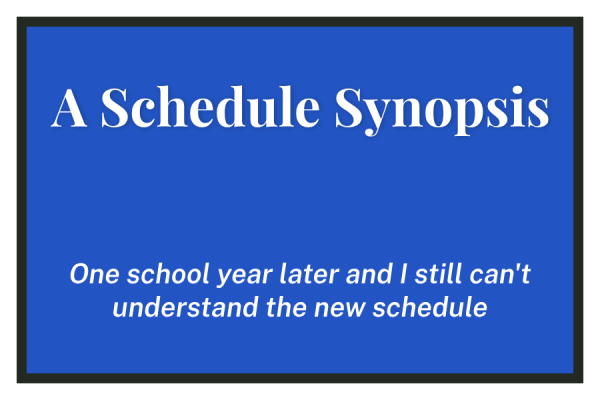Head to Head: ACT’s New System
The Benefits of Retaking the Test One Section at a Time
This December, like most high school students at some point in their lives, I took the ACT. What ended up being an almost four-hour ordeal disrupted my weekend and to be honest, wasn’t enjoyable. Days later, as I was exploring the ACT website, seeing if I could uncover any details of when I would receive my score, I began to read about new changes to the ACT system starting in September 2020. In September, among other changes, students can retake the test one section at a time.
When I initially learned about this possibility, I was against it. I thought that it would only decrease the value of the ACT. However, as I began to learn more about the new system, I began to see the many benefits.
The ACT is expensive. To take the ACT with writing costs $68, and to take it without writing costs $52. So, if a student were to take the act with writing four times, it would add up to almost $300, excluding the costs of any tutoring or preparation. This new system allows test-takers to save money, as they will only have to purchase individual sections of the test if they choose to re-take it. Students may potentially be limited from taking the ACT multiple times due to monetary concerns, and if they have the possibility to retake only one section, it will reduce the cost.
For students submitting scores to colleges, it costs $12, per score, per school, so, if a student took the ACT three times with writing and submitted all scores to 10 schools, it would cost over $500. The new system would significantly decrease these costs.
Apart from the cost, the new system helps the students. Although more colleges are beginning to superscore ACTs (when instead of a single composite score the best scores in each section of different tests are put together to assemble a composite score), ACT scores sometimes do not represent a student accurately. For example, if a student is excellent at science, but struggles while taking the complete test because of the length, no matter how many times they take it, they will always face the same issue. With the new system, they could retake the science section on its own, and end up with a score that more accurately reflects their abilities. This system is designed so that the ACT will create a superscore score report that will be sent to colleges, rather than colleges determining whether or not they superscore. This will streamline the process, and continue to help students in the college process.
Additionally, the ACT causes a large amount of anxiety for students. Although it can be taken as many times as desired, it is still a stressful aspect of the college admissions process. When students can take the test one section at a time, it will reduce stress levels because they will not have to worry that if one section goes poorly it will affect their composite score.
Some may believe that the new system will delegitimize the ACT; however, that is not the case. Students will generally be able to do better on the ACT, however, everyone will not immediately receive a 36. Students will initially have to take a complete test, and the timing aspect will help improve scores, but the sections will remain the same length and difficulty.
Another practical benefit is the timing. No one enjoys sitting and taking a test for almost four hours; it is not enjoyable for the students, and some students may struggle with focus after sitting for such a long period of time. This new system makes the ACT process smoother and easier.












